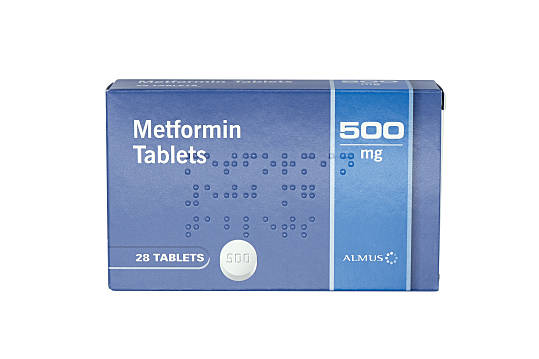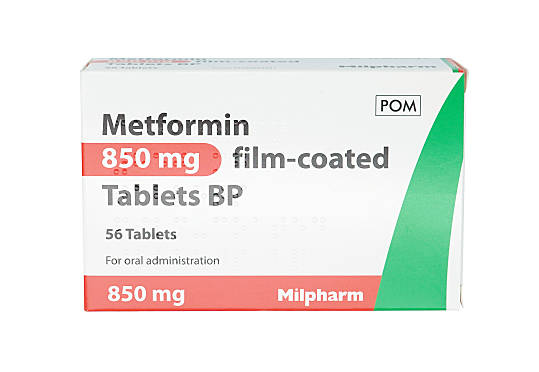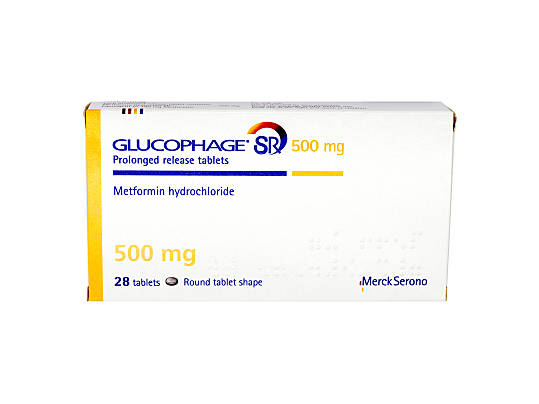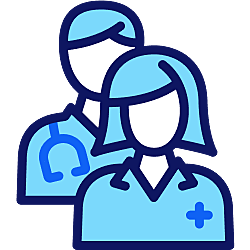Type 2 Diabetes Treatment
Get diabetes treatment with free and fast delivery.
Prices from £19.99
Simply fill in a brief consultation questionnaire and one of our doctors will review your request today.
Type 2 diabetes is a condition that means your body can’t control your blood sugar levels well. This can have a big impact on your health.
The most commonly prescribed medication for type 2 diabetes is called Metformin. It isn’t a cure but can help to lower your blood sugar levels so they’re in a safe range.
Please note: where a generic product has been ordered we may use a range of manufacturers to provide you with your medication, in order to maintain our service levels.

In stock. Prices from £19.99

In stock. Prices from £24.99

In stock. Prices from £34.99

No results found.
Please check your spelling or try another treatment name.



Type 2 Diabetes Symptoms, Diagnosis & Treatment
Who can get treatment online?
You could be able to get treatment online if you:
- are at least 18 years old with a formal diagnosis of type 2 diabetes
- are already taking a stable dose of metformin: this shouldn’t have been changed in at least the last 6 months
- have had your blood sugar checked in the last 6 months (HbA1c blood test)
- have had a diabetic check in the last 6 months
- have had your kidney function checked in the last 6 months (eGFR blood test)
How to request treatment
- Fill out a short online assessment about your health and lifestyle
- Select the treatment option you’d like
- A ZAVA doctor will check your assessment answers to make sure that the medication is appropriate for you
- If your medication is approved, you can choose how to receive it; you can have it posted to your address or you can collect it from a nearby Post Office instead
Common side effects of type 2 diabetes treatment
The most common side effects of metformin include:
- heartburn
- stomach pain
- nausea/vomiting
- bloating
- gas
- diarrhoea
- constipation
- weight loss
- headache
- metallic taste in mouth
-
-
Type 2 diabetes is a long-term condition that can affect your everyday life:
- The level of sugar (called glucose) in your blood becomes too high
- Your body makes insulin, which is the chemical that allows the glucose in your blood to enter cells and fuel your body
- But if you have Type 2 diabetes, this insulin can’t work properly, so your blood sugar levels keep rising. This leads to even more insulin being released
- Sometimes, the organ that makes insulin (the pancreas) can become tired, and the body makes less and less insulin. This means the blood sugar levels increase even more
-
-
A lot of people take a long time to realise they have type 2 diabetes. This is because the symptoms may not make people feel unwell enough for them to decide to see a doctor. The symptoms can also be hard to notice.
Symptoms include:
- peeing more often than usual
- feeling thirsty more often than usual
- itching around your genital area
- feeling very tired
- unexplained weight loss
- cuts/wounds taking a longer time to heal
- blurred vision
-
-
There are a few things that can increase your risk of type 2 diabetes. These include:
Lifestyle:
- Weight – if you have a lot of fatty tissue, the cells in your body can stop insulin working properly
- Not exercising enough – exercise helps you maintain a healthy weight. It also uses up sugar in your body as energy, and makes your cells more responsive to insulin
Family history. Your risk of type 2 diabetes increases if any of your parents or brothers/sisters have type 2 diabetes.
Ethnicity. Some ethnic groups may be at higher risk of type 2 diabetes than others, although the reasons for this aren’t well understood yet. Ethnic groups with a higher risk include Black Caribbean, Black African, South Asian, Chinese, and Arab.
Age. Your risk increases as you get older, which might be because you tend to exercise less, lose muscle and gain weight.
High blood pressure and abnormal cholesterol and fat levels. You could have a bigger risk of type 2 diabetes if you have:
- low levels of the "good" form of cholesterol (HDL)
- high levels of a type of fat carried in the blood (triglycerides)
- high blood pressure
Polycystic ovary syndrome. This is a condition some women may have, where your periods are not regular, your hair grows very quickly, and you may gain a lot of weight. This condition increases the risk of diabetes.
Gestational diabetes. You’re at a higher risk of type 2 diabetes if you developed high blood sugar when you were pregnant, or if you gave birth to a baby who weighed 4.5kg or more.
-
-
A diabetes home test kit is the easiest way to find out if you may have diabetes. These can be bought online on ZAVA and delivered through our free and fast delivery right to your door.
The process is simple – once your test kit arrives, you use a small pin prick on your finger to collect some of your blood, before sending it to our partner lab to be tested. Then we’ll let you know the results within 2-3 days of your blood reaching the lab.
-
-
Lifestyle changes. Lots of people with type 2 diabetes don’t take any medication, and they treat their diabetes by eating well and exercising more. Whether you’re taking medication or not, you should always make positive changes in your lifestyle.
Medication. You may need medication to help control your blood sugar levels. Your doctor will talk about the options with you before coming to a decision. Some options are:
- Metformin: we offer this treatment at ZAVA. This is the most common tablet given for type 2 diabetes. It’s usually the first medication that a doctor will give you if a healthy diet and exercise haven’t been enough to get your blood sugar levels under control.
- Sulphonylureas: this type of medication stimulates the pancreas to produce insulin, so that it works more effectively.
- Prandial glucose regulators: these work like sulphonylureas, by getting the pancreas to make more insulin. They’re usually taken half an hour before eating, since they work a lot quicker than sulphonylureas, but with the effect only lasting for a short time.
- Alpha glucosidase inhibitor (Acarbose): this slows down how quickly your intestine absorbs starchy foods, which then slows down the rise in blood sugar levels that normally happens after you eat.
Surgery. If it’s necessary, you might be recommended to have surgery for the stomach or intestine to help you lose weight.
-
-
Many people need medication to control their type 2 diabetes. This helps to keep your blood sugar level as normal as possible. You may have to take medication for the rest of your life, but the dose and medication(s) you receive might change as your circumstances do.
The first step in treating type 2 diabetes is changing your diet, and exercising regularly. If these changes don’t help enough to control your blood sugar, the first treatment you’ll be offered is usually metformin.
If you want to reorder your metformin with ZAVA, you should have already been taking a stable dose of metformin that hasn’t been changed in at least the last 6 months.
You should also schedule regular diabetic checkups with your doctor to make sure that your diabetes is being treated as well as possible.
-
-
It’s generally thought that type 2 diabetes is a lifelong condition. But recent research has shown that for some people it can go into remission (become less severe or serious) through weight loss and healthy lifestyle choices.
By reducing the amount of carbohydrates and calories you eat, your body’s blood sugar can stay at normal levels. Doing this at the same time as ongoing weight loss and regular exercise can mean that, for some diabetics, medication isn’t needed any more.
But there isn’t any long-term evidence yet that proves this can be a permanent cure.
Some studies also suggest that trying to get diabetes into remission soon after you’re diagnosed can mean you stand a better chance of being successful. This could be because the cells that control glucose levels are less damaged than they would be with diabetes over time.
Make sure you speak to your GP or specialist before trying to get your diabetes into remission. They’ll be able recommend healthy plans for eating and exercise, and set manageable targets. They’ll also be able to arrange regular health check ups – and diabetes check ups, like retinal screening – to make sure the process is safe for you.
Trying to get type 2 diabetes into remission with a “crash diet” could cause some serious health risks and side effects.
ZAVA’s Dr Zenon Andreou spoke to the Express newspaper about type 2 diabetes and remission in this article.

Dr Nicholas Antonakopoulos graduated from the University of London in 2006. He did his postgraduate training in hospitals in the London area, and he trained for four years in Trauma and Orthopaedic Surgery before completing his training in General practice in 2015.
Meet our doctorsLast reviewed: 22 Oct 2018
-
NHS (2017). Going for regular check-ups. [online]. NHS. Available at: https://www.nhs.uk/conditions/type-2-diabetes/going-regular-check-ups/ [accessed 17 October 2018]
-
Diabetes UK (2018). Diabetes treatments. [online]. Diabetes UK. Available at: https://www.diabetes.org.uk/diabetes-the-basics/diabetes-treatments [accessed 17 October 2018]
-
NHS (2017). Understanding medication. [online] NHS. Available at: https://www.nhs.uk/conditions/type-2-diabetes/understanding-medication/ [accessed 17 October 2018]
-
NHS (2019). Metformin. [online]. NHS. Available at: https://www.nhs.uk/medicines/metformin/ [accessed 25 August 2020]
-
NHS (2016). Gestational diabetes. [online]. NHS. Available at: https://www.nhs.uk/conditions/gestational-diabetes/ [accessed 17 October 2018]





